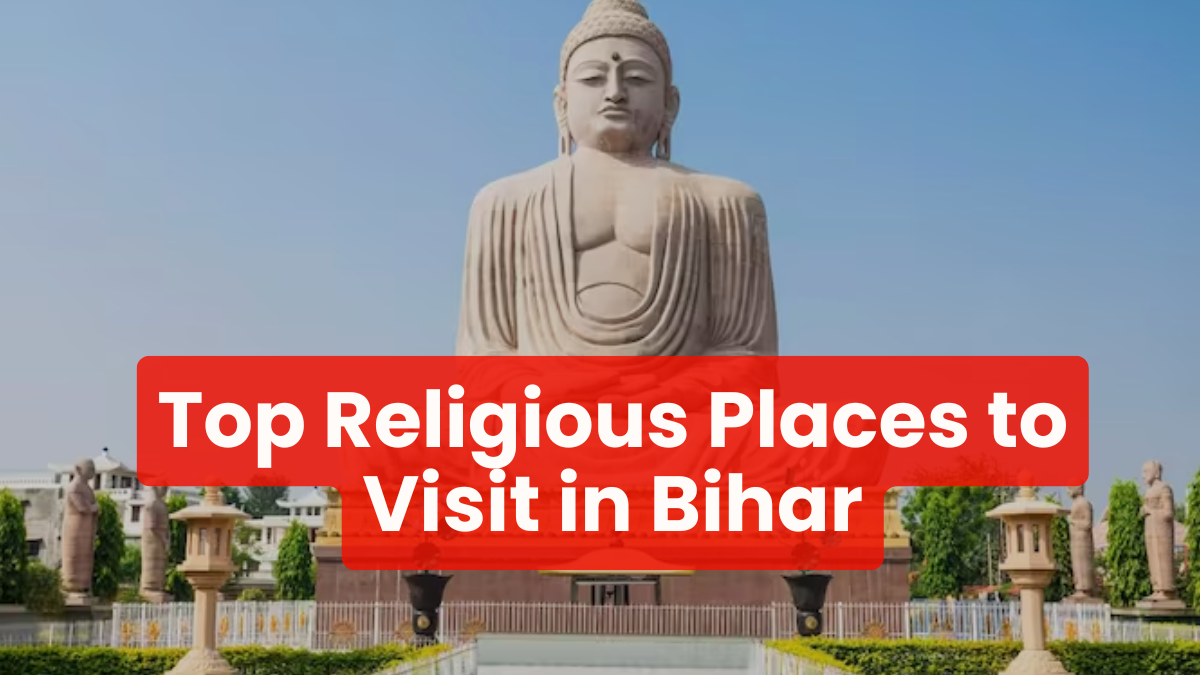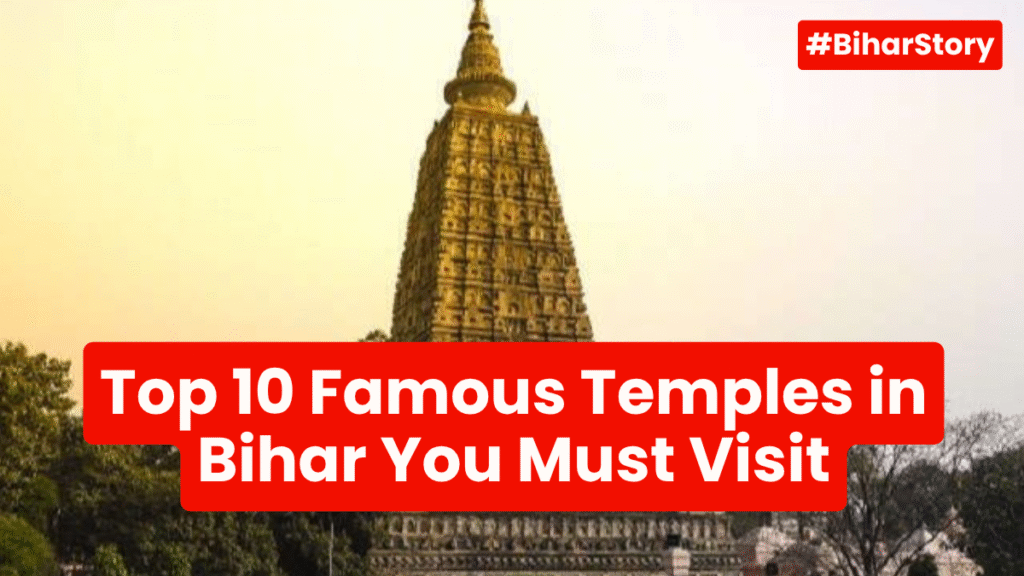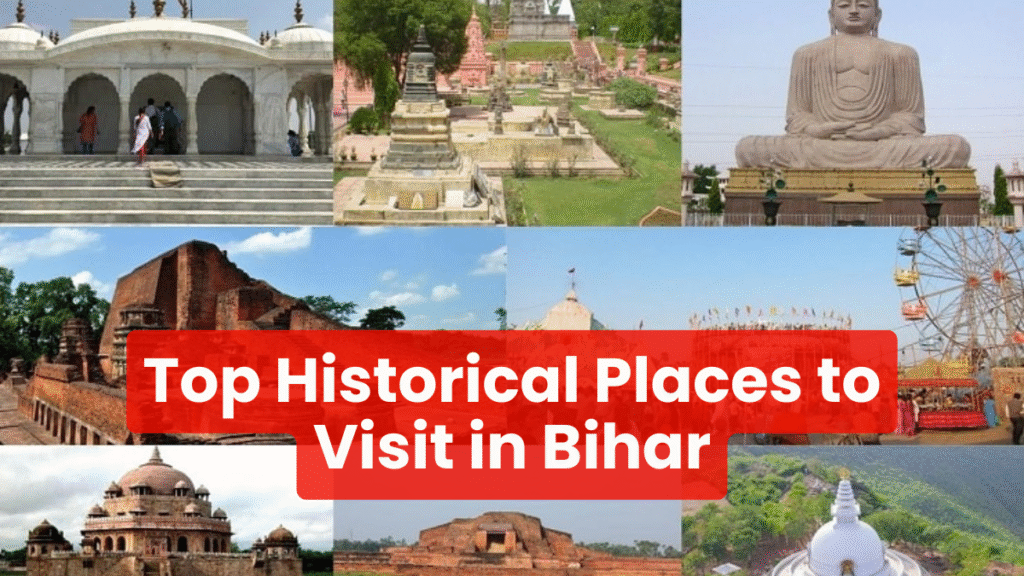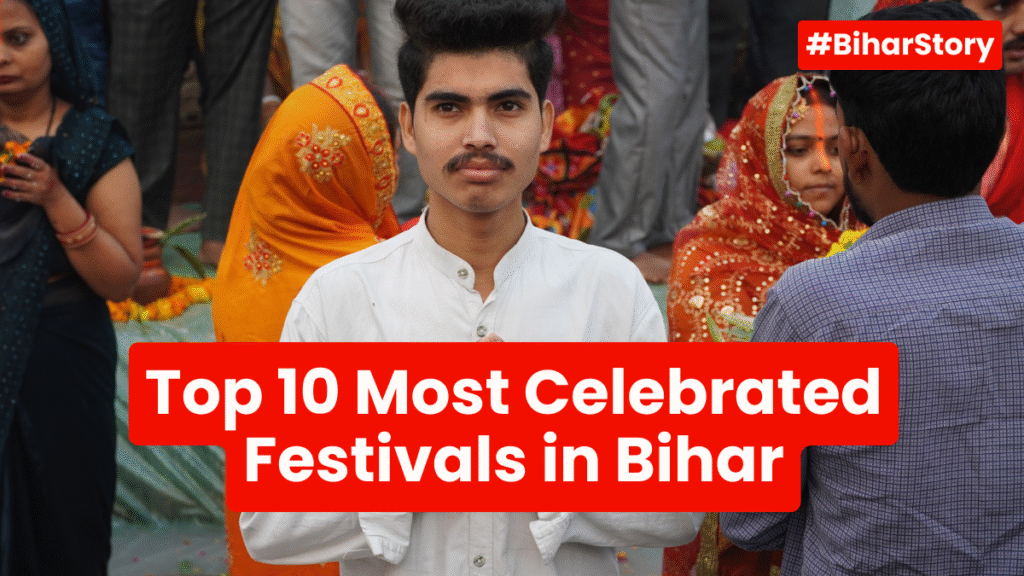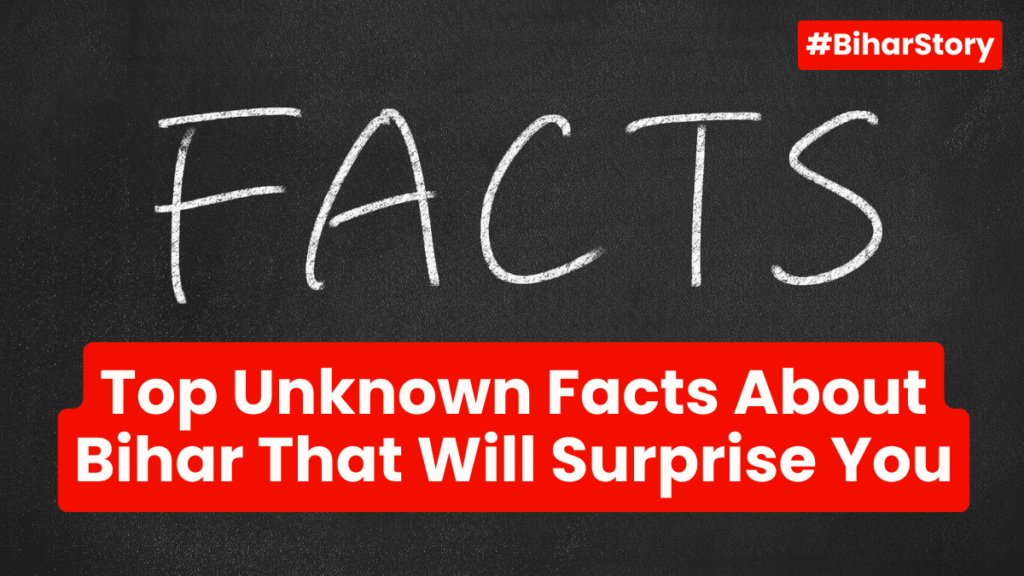Bihar is one of the oldest and most spiritual states in India. It is home to many sacred places where people from across the world come to pray, meditate, and learn.
Whether you’re looking for peace, blessings, or history, these holy places will surely touch your heart. Bihar is known for its deep spiritual history. It is home to many holy places where people come to pray, learn, and find peace. From Buddhism and Jainism to Sikhism and Hinduism, Bihar welcomes everyone with its rich heritage.
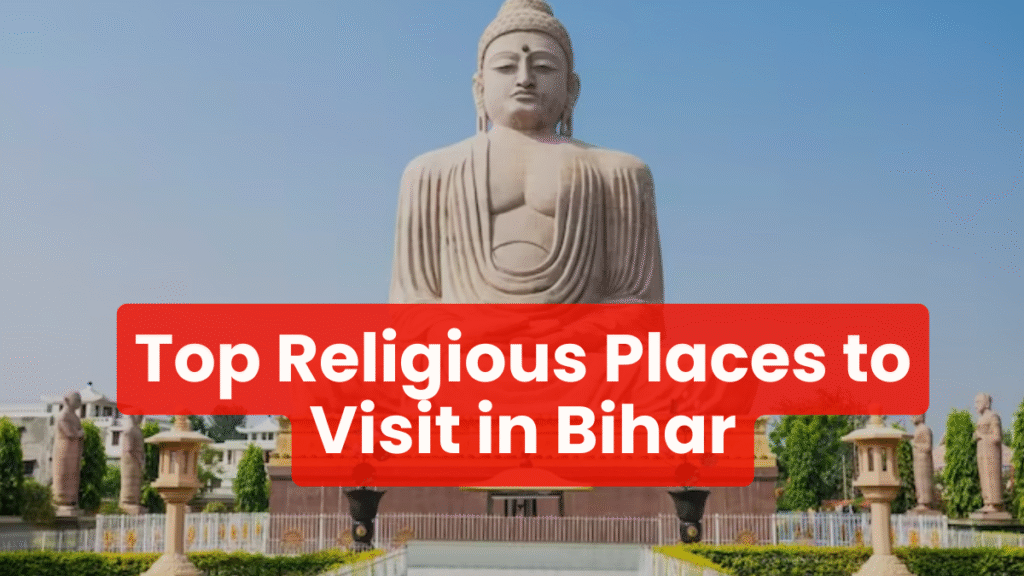
Let’s explore the top 5 religious places you should visit in Bihar in 2025.
1. Bodh Gaya – The Land of Enlightenment
Bodh Gaya is the most famous religious site in Bihar. It is where Prince Siddhartha became Gautam Buddha after meditating under the Bodhi Tree. This makes it the most sacred place for Buddhists around the world.
What to See:
- Mahabodhi Temple – A beautiful temple and UNESCO site
- Bodhi Tree – The exact spot where Buddha got enlightenment
- Monasteries – Built by countries like Thailand, Japan, Bhutan, and Sri Lanka
- Great Buddha Statue – A 80-feet tall sitting Buddha made of stone
Extra Tip: Bodh Gaya also has meditation centers, where people come for peaceful retreats.
Best Time to Visit: October to March
2. Rajgir – A Sacred Place for Buddhists and Jains
Rajgir was the first capital of Magadh and holds spiritual value for both Buddhists and Jains. Lord Buddha gave many sermons here, and Lord Mahavira also spent time meditating in these hills.
What to See:
- Vishwa Shanti Stupa – Located on top of a hill, reached by ropeway
- Hot Water Springs (Brahmakund) – Believed to have healing powers
- Cyclopean Wall – An ancient stone wall over 2,500 years old
- Jain Temples – Many small shrines spread across the hills
Fun Fact: The ropeway at Rajgir is one of the oldest in India!
Best Time to Visit: November to February
3. Vaishali – A Land of History and Faith
Vaishali is one of the world’s first republics, and it’s deeply connected with both Jain and Buddhist religions. Lord Mahavira was born here, and Buddha visited this town many times.
What to See:
- Ashokan Pillar – With a single lion capital, built by Emperor Ashoka
- Vishwa Shanti Stupa – A peaceful place with Buddha relics
- Kundalpur – Believed to be the birthplace of Lord Mahavira
- Buddha Stupa I & II – Where Buddha’s ashes were kept
Extra Info: The city is also known for Amrapali, the famous courtesan who became a disciple of Buddha.
Best Time to Visit: October to March
4. Pawapuri – Jainism’s Holiest Site in Bihar
Pawapuri is where Lord Mahavira, the founder of Jainism, attained moksha (salvation). It is a very sacred place, especially for Jain followers.
What to See:
- Jal Mandir – A beautiful white marble temple built in a pond
- Samosharan Temple – Where Lord Mahavira gave his last teachings
- Natural Beauty – Calm and clean surroundings, perfect for reflection
Unique Point: The soil of the place where Lord Mahavira was cremated was considered so holy that devotees took it away, forming a pond. That’s where the Jal Mandir now stands.
Best Time to Visit: November to February
5. Patna Sahib – Birthplace of Guru Gobind Singh Ji
Also called Takht Sri Patna Sahib, this is one of the five most important Takhts (holy seats) in Sikhism. It is the birthplace of Guru Gobind Singh Ji, the 10th Guru of the Sikhs.
What to See:
- Harmandir Sahib Gurudwara – Built by Maharaja Ranjit Singh
- Langar Hall – Offers free food to all visitors
- Historical Items – Weapons, handwritten texts, and clothing of the Guru
Experience: Visitors feel peace, unity, and strong community spirit at the gurudwara. All are welcome, regardless of religion.
Best Time to Visit: November to January (especially during Guru Gobind Singh Jayanti)
Conclusion
Bihar is not just rich in history and culture, but also in spirituality. Whether you follow Buddhism, Jainism, Sikhism, or just want to explore India’s religious roots, these 5 places offer peace, beauty, and deep meaning.

